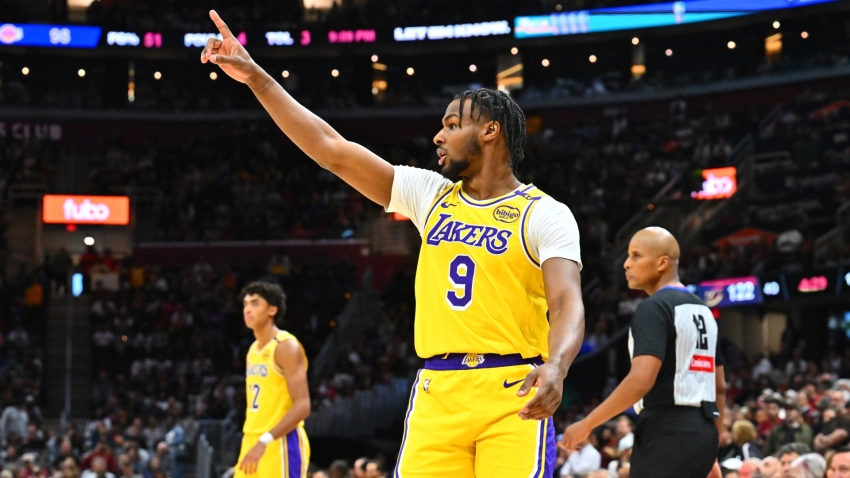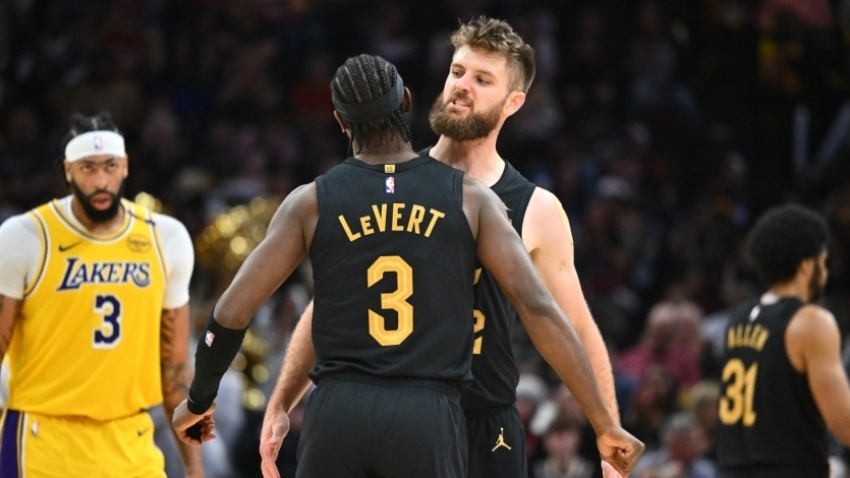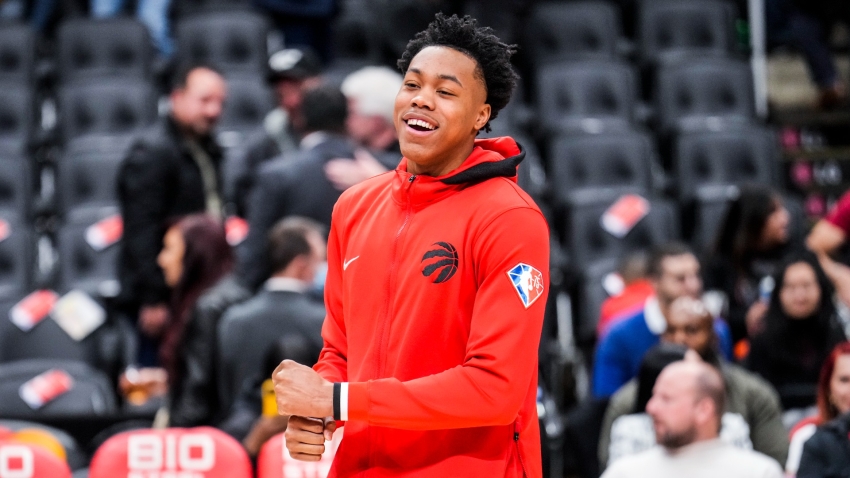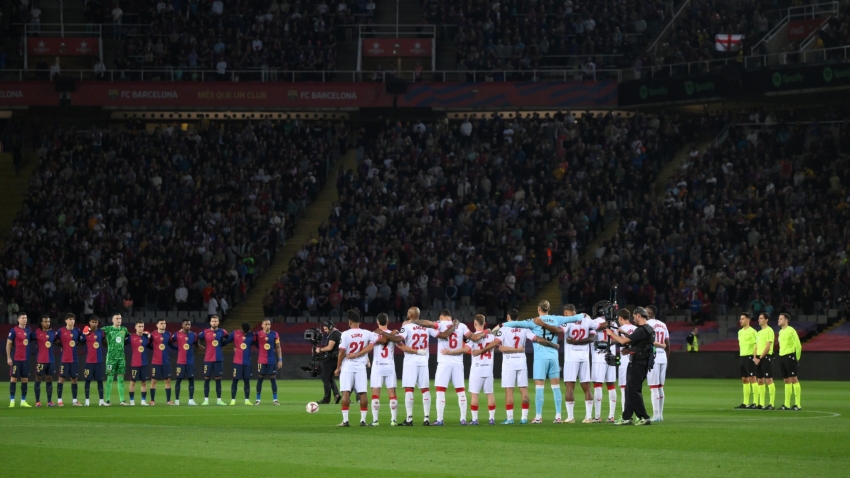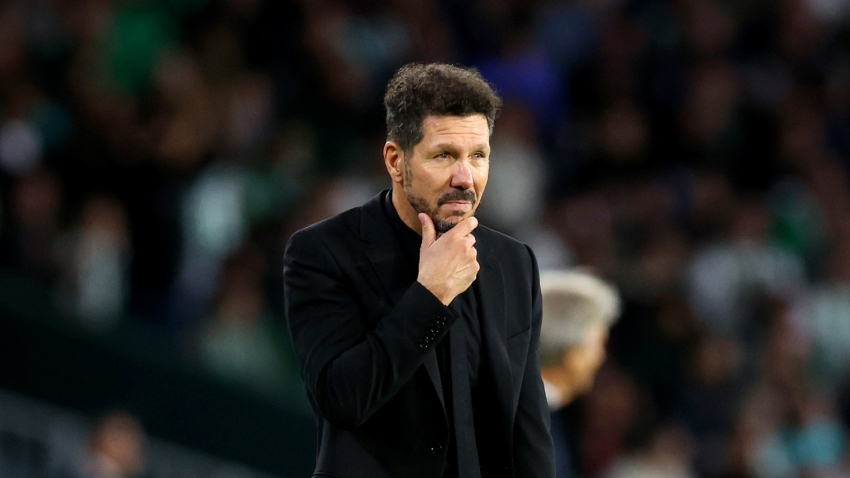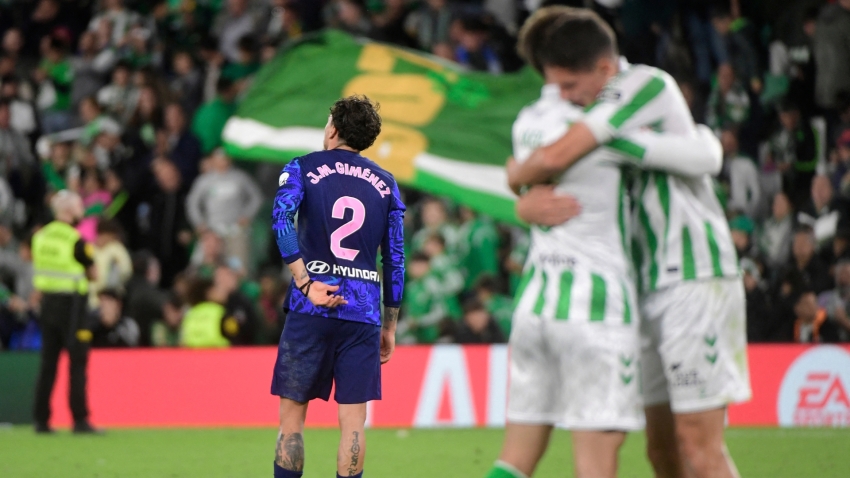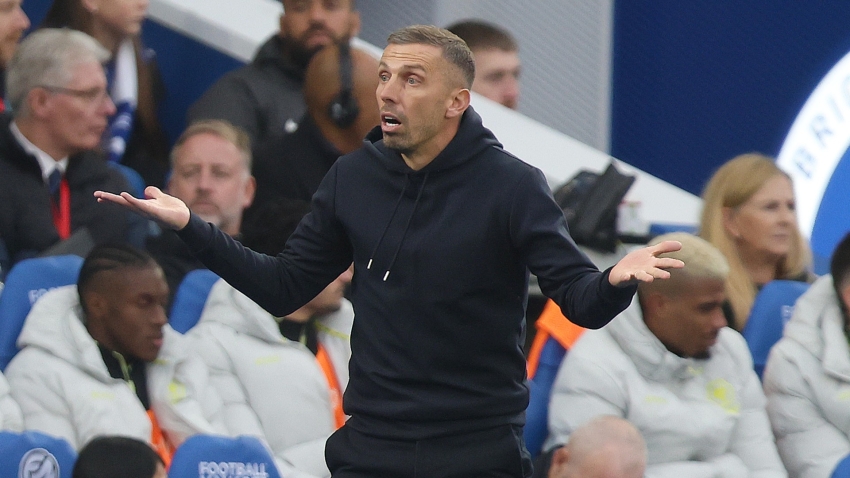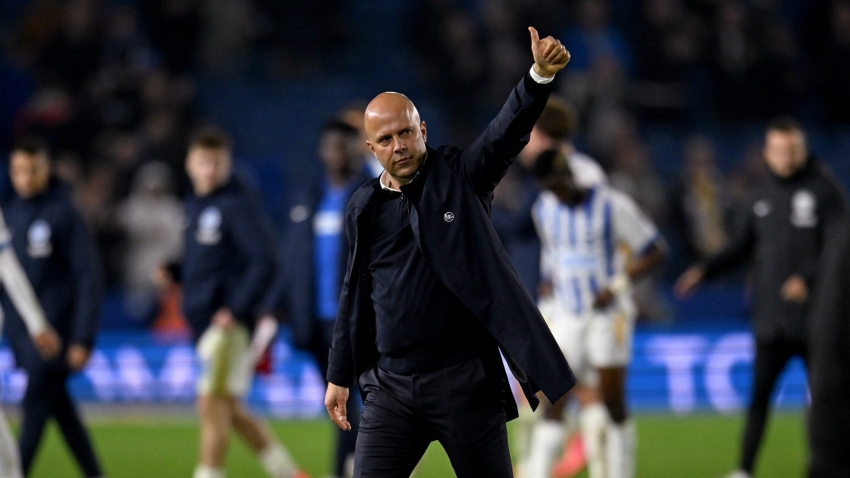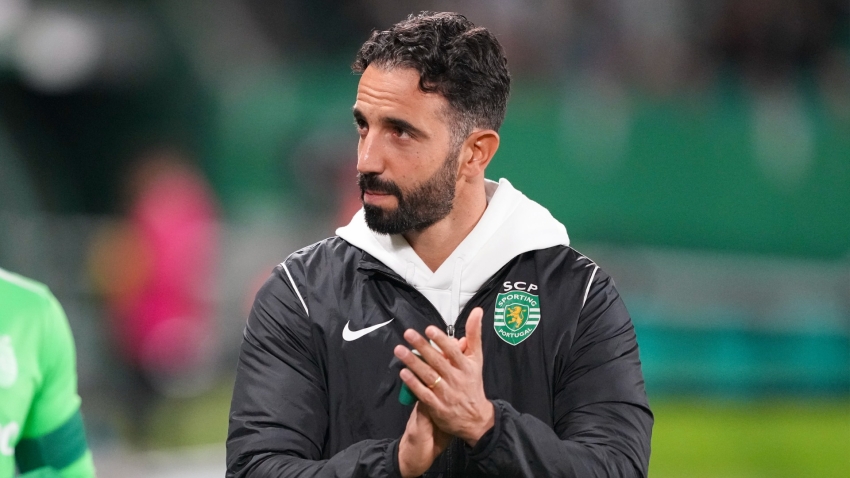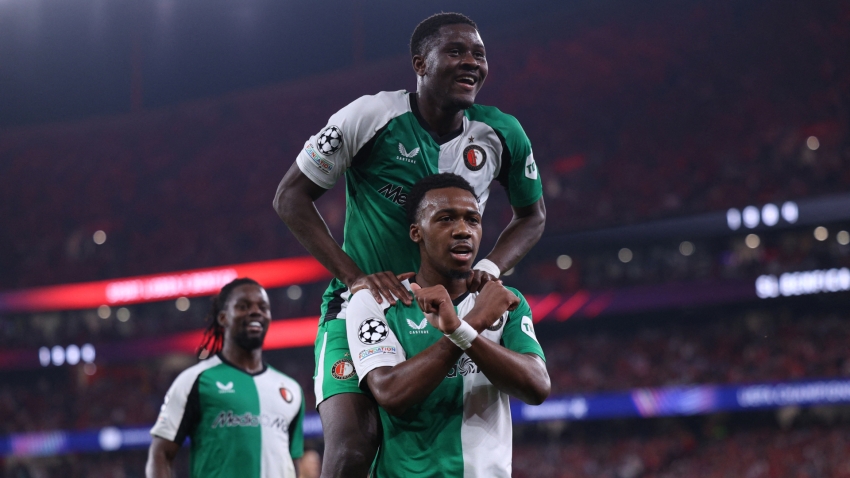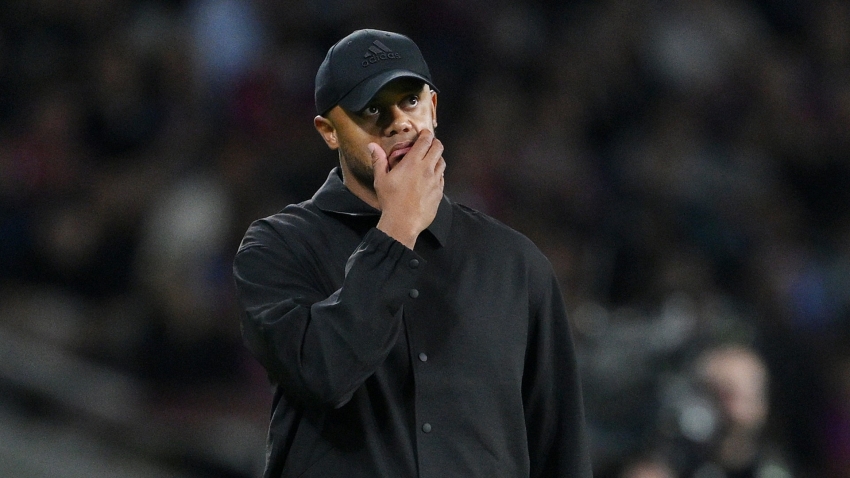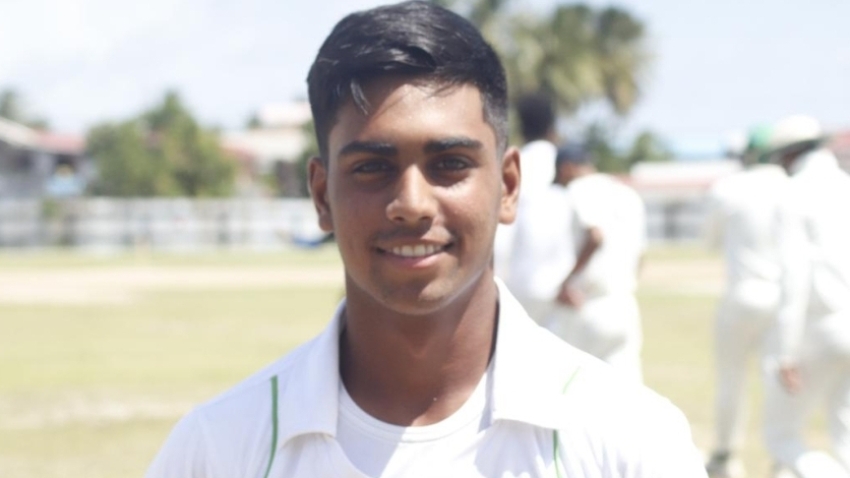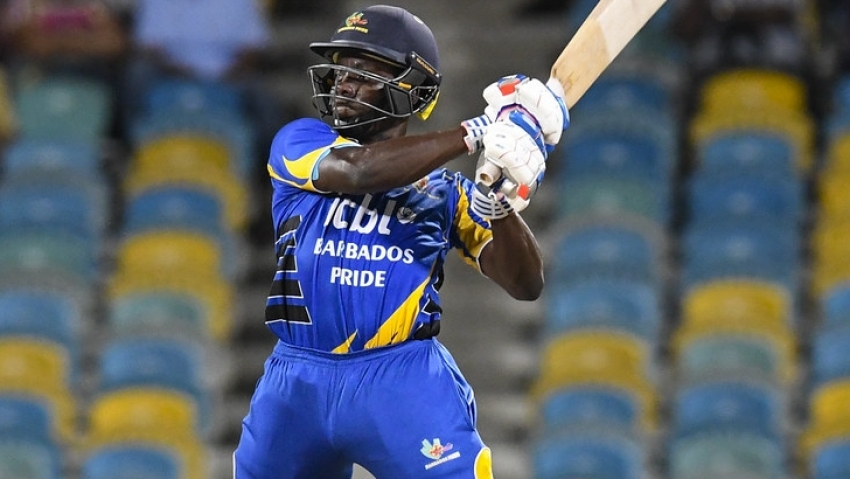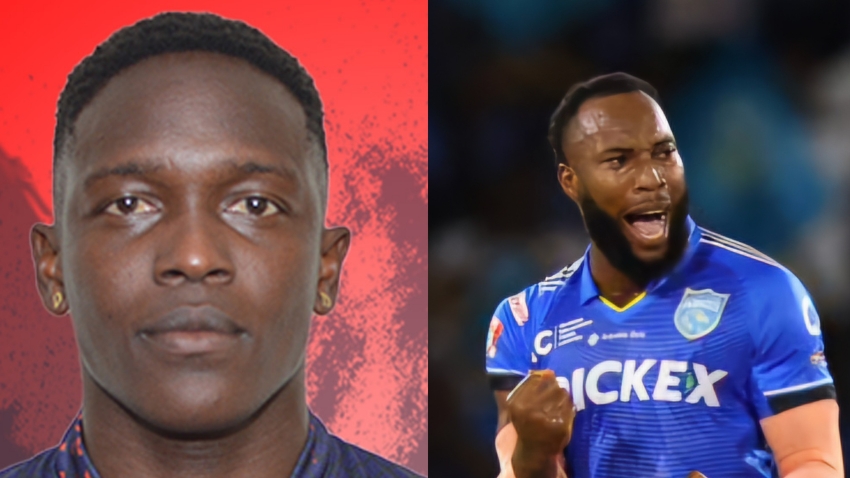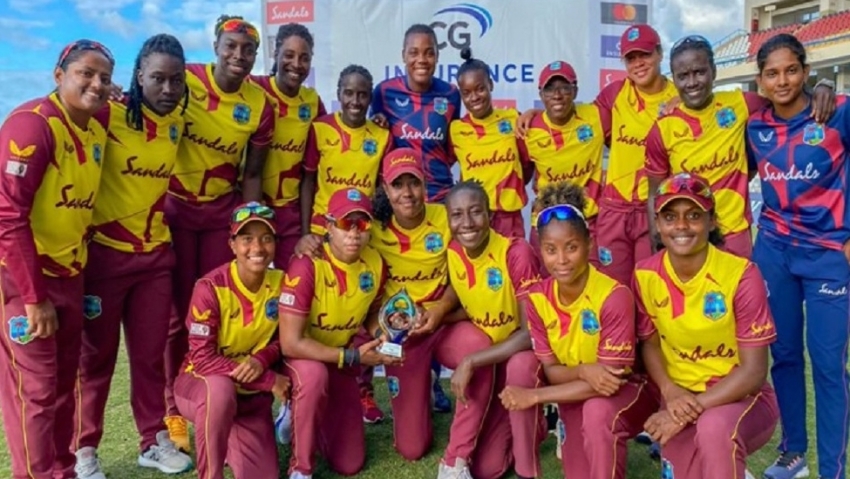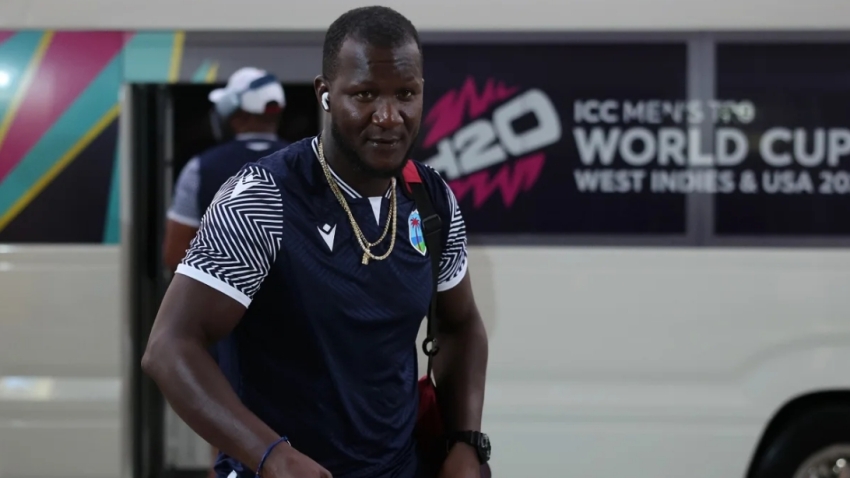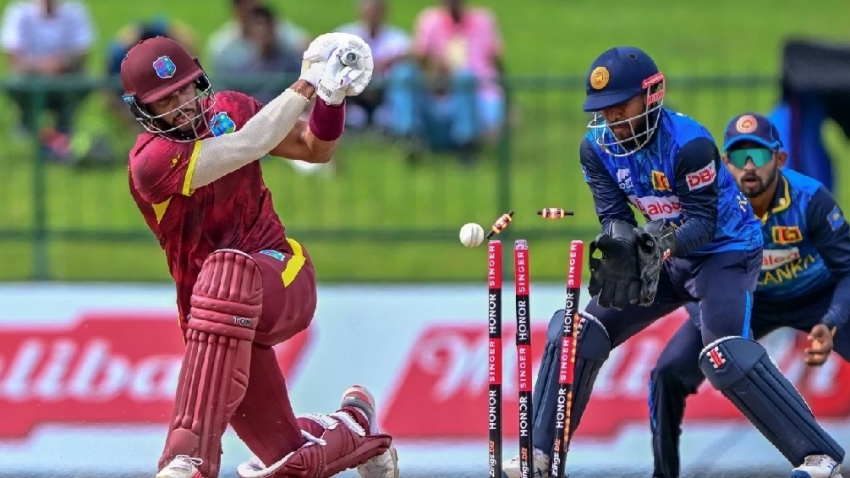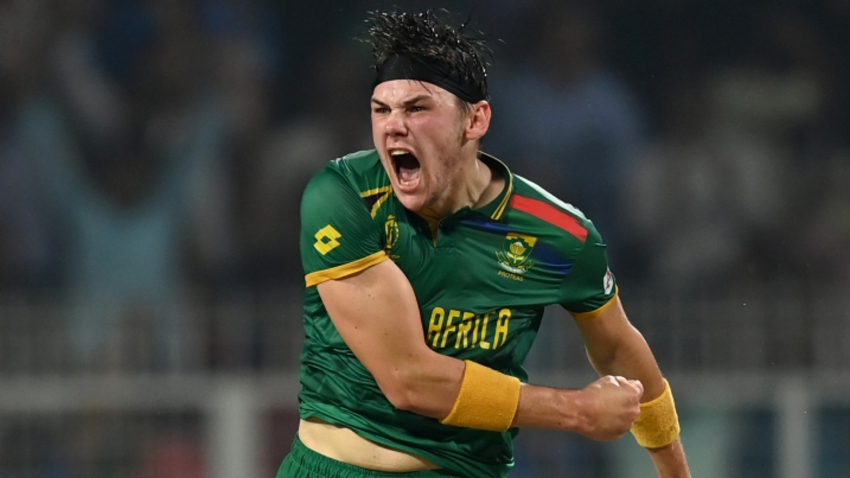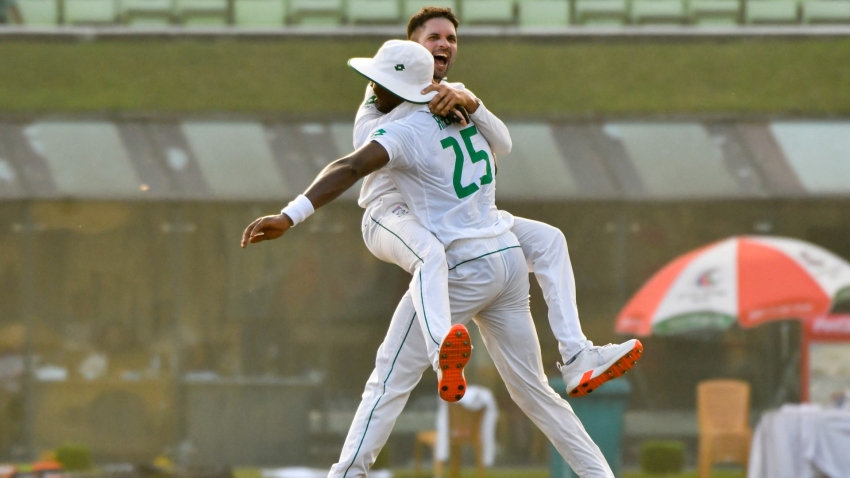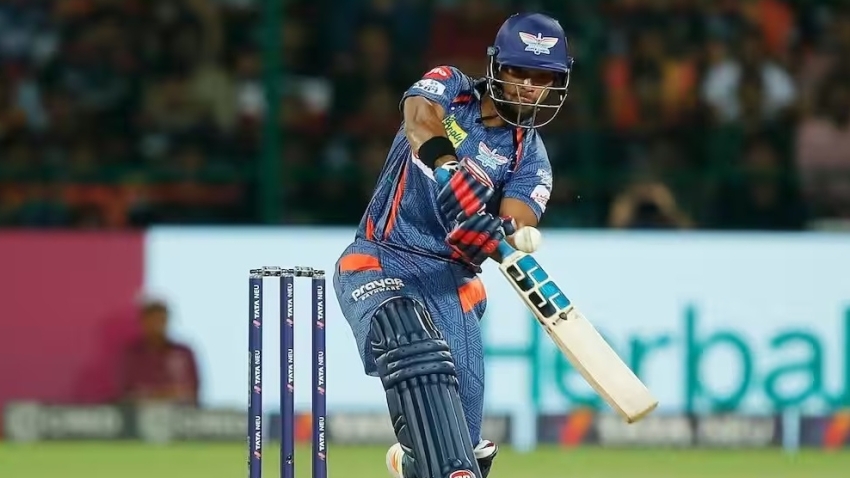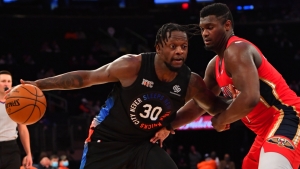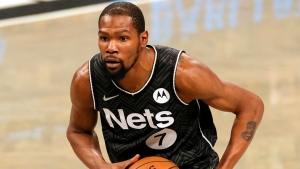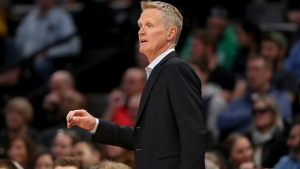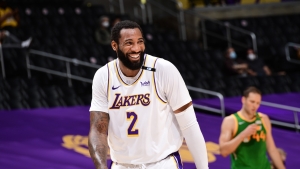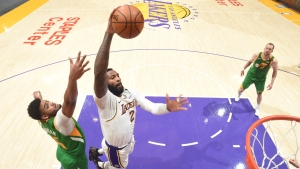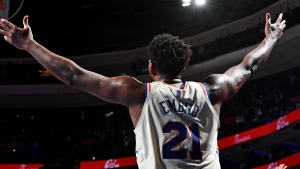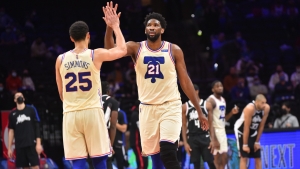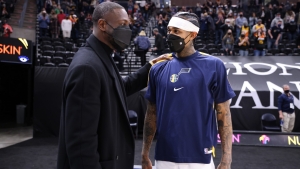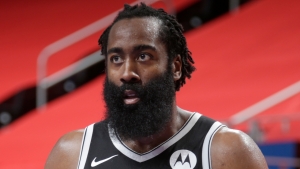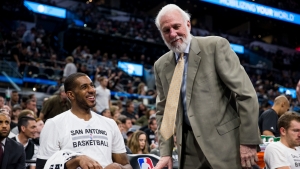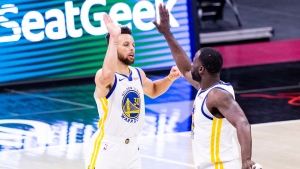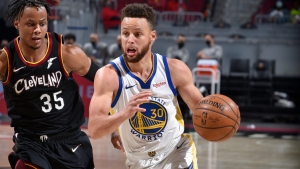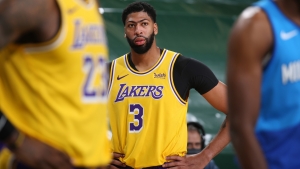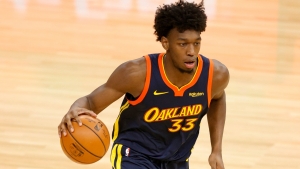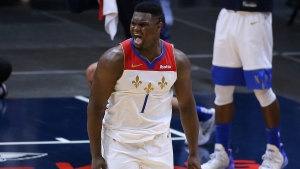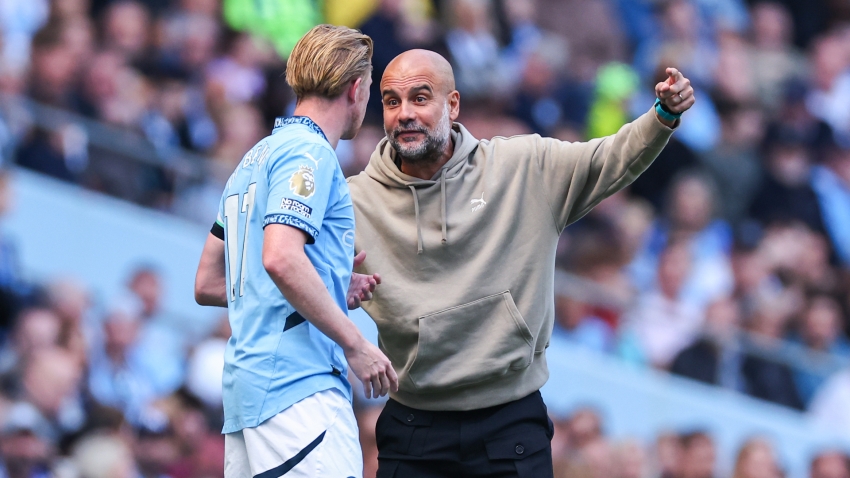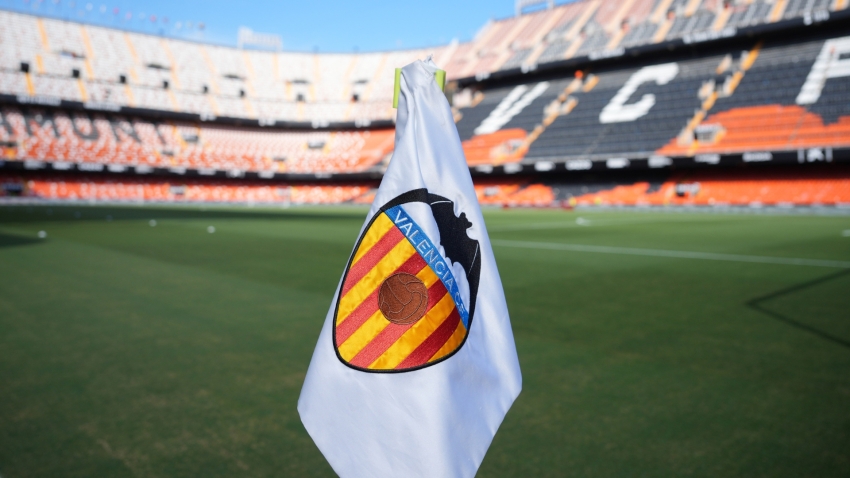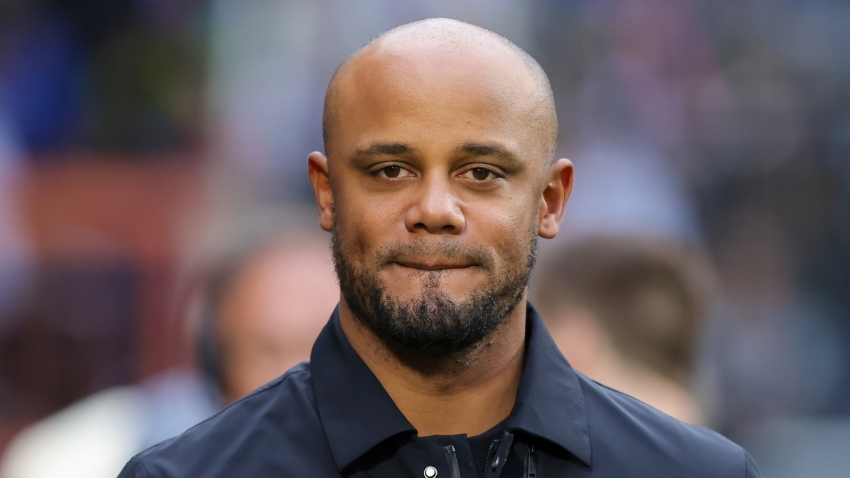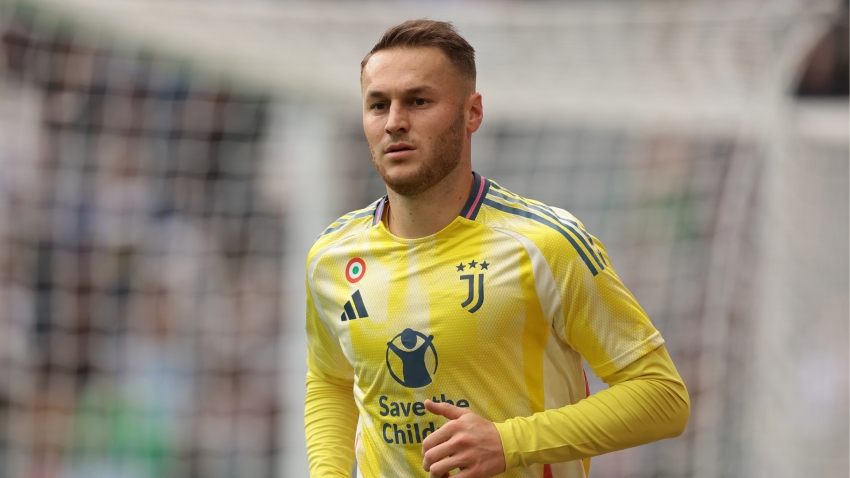Perhaps no team in the NBA is on as interesting and open-ended of a course as the New Orleans Pelicans.
In a league where most teams fear the purgatory of mediocrity, New Orleans have seemingly set up a permanent home there.
The Pelicans are 279-340 since establishing their new nickname in 2013-14, including a 25-30 mark this season that would leave them out of the playoff picture if they remained the Western Conference's number 11 team.
Less than two years ago, the Crescent City had a franchise cornerstone and consensus top-10 player in Anthony Davis, who would soon force the Pelicans into trading him to the Los Angeles Lakers.
Last offseason, New Orleans shipped two-way guard Jrue Holiday to the Milwaukee Bucks in a four-team deal.
Along the way, New Orleans also let Christian Wood and Julius Randle slip through their fingers.
Despite the exodus of top-level talent in exchange for draft selections and pick swaps, the Pelicans' situation is far from a full rebuild. The Davis trade netted them Brandon Ingram, who made his first All-Star team last season and continues to improve.
Winning the 2019 NBA Draft Lottery despite having just a six per cent chance has been a franchise-altering moment that resulted in the addition of Zion Williamson.
While most teams in their position would prioritise the future over all else, building around Williamson, Ingram and whatever young talent comes from a sizeable pile of future draft picks, the Pelicans have given significant playing time to veterans Steven Adams, Eric Bledsoe and JJ Redick, before the latter was traded at last month's deadline.
But can the Pelicans defy the odds by attempting to win both now and in the future? Perhaps more importantly, are Williamson and Ingram the right cornerstones around which to build a team?
Williamson appears to be the unquestioned future of the Pelicans, utilising a unique combination of physique, athleticism and skillset to dominate inside despite being only as tall as many guards in the league.
The former one-and-done star at Duke is shooting 61.8 per cent from the floor this season, on pace to set an NBA record for a player listed at six-foot-six or shorter. Charles Barkley currently holds the record, shooting 60.0 per cent in the 1989-90 season for the Philadelphia 76ers.
While Williamson's shooting has improved from last season to this term, he has shown even greater growth in other areas. His free-throw shooting has jumped from 64.0 per cent to 70.1 per cent, and his assist-to-turnover ratio has improved from 0.85 to 1.45 season.
Williamson's performance has proven that his abbreviated, 24-game rookie season was no fluke and has only missed five games in his sophomore campaign to relieve concerns that he is an injury-prone player.
But as good as he has been, Williamson's size allows him to only match up against opposing power forwards, standing too short to defend most centers and unable to move his 285-pound frame quickly enough to stay with most wings. This would be a limitation that is easily managed if Ingram were not also best suited to play power forward, placing the pair's long-term compatibility into question.
The Pelicans have typically started Adams at center, with Williamson and Ingram starting at the forward spots, and Adams and Williamson have a tough time switching onto other players while playing defense. While talent has led to New Orleans having the league's ninth most efficient offense this season at 112.1 points per 100 possessions, this rigid alignment has resulted in the NBA's third worst defense, allowing 113.0 points per 100 possessions.
Williamson appears to be more valuable than Ingram, although the Pelicans are far from being forced to choose between their 20- and 23-year-old stars. New Orlean's net rating is plus-0.5 this season with Williamson on the court and minus-3.2 with him on the bench. The team have a minus-0.8 net rating with Ingram playing and a minus-1.1 net rating with Ingram sitting.
Perhaps more concerning is that fact that the Pelicans apparently have yet to realise that Williamson has surpassed Ingram as the team's best player. Ingram shoots 18.1 times per game, compared to Williamson's 16.6. Ingram also has 65 field-goal attempts in the last three minutes of fourth quarters, compared to Williamson's 50.
With that being said, the Pelicans are 21-13 when Ingram scores 22 points or more and are 4-17 when he scores fewer than 22 points or does not play.
Offense appears to come easily to both Williamson and Ingram, but can the pair evolve enough to ever play even league-average defense?
The problem is the reverse of another pair publicly deemed incompatible – the 76ers' Joel Embiid and Ben Simmons – two elite defensive players who do not mesh perfectly on offense.
Despite their warts, Embiid and Simmons are in their fourth season together and have Philadelphia sitting atop the Eastern Conference at 38-17, with the former averaging nearly 30 points per game and the latter making a bid for Defensive Player of the Year.
Perhaps in two or three years – and with a better supporting cast – Ingram and Williamson can help the Pelicans grow into contenders in the west.
But when the Pelicans' stars are at their peaks, players like Adams, Bledsoe and James Johnson will have moved on. New Orleans better hope they have enough assets and supporting players in place after investing in a seemingly short-sighted run at the 2021 playoffs.



